[Expert Opinion] How Can We Improve Diversity, Equity and Inclusion in the Workplace?

According to one McKinsey study, companies with a high level of ethnic diversity are 36% more likely to be successful. What's more, 85% of employees feel more motivated and committed in a company that promotes inclusion. Time for a huddle!
Investing in diversity, equity, and inclusion (DEI) means creating an environment where everyone feels valued. It’s a great way to boost employee well-being and creativity, all while respecting legal obligations. So, how can we genuinely improve diversity, equity, and inclusion in the workplace?
🎤 To answer this question, we called on Adeline Attia, founder of forward-looking research firm UBTrends and of Bonnie&Smile, an association that works to raise awareness of taboo subjects and vulnerabilities within companies. As an expert on future of work and diversity topics, she has a solid background in training and awareness-raising for the DEI. Using her own research and experience, she provides us with practical advice on how to improve an organization's DEI efforts.
So, are you ready to make your teams even more inclusive and effective? Let's get started! 👇
The Fundamentals of Diversity, Equity, and Inclusion in the Workplace
Let's start out with the basics—definitions! Here's how Adeline Attia defines diversity, equity, and inclusion in the workplace:
- Diversity is anything that includes the varied representation of individuals—for example their gender, origin, sexual orientation, and beliefs. By extension, in the business world, diversity is a term for all the strategies put in place to combat discrimination.
- Equity means creating fair conditions for all employees by considering their different ways of working. For example, this includes practices such as providing consistent compensation and career opportunities.
- Finally, inclusion is about creating an environment where every person feels accepted, included and fairly valued. The great thing about inclusion is that when you start including one category of people, it benefits all the others.
What Obstacles Should You Overcome to Improve DEI in the Workplace?
A Taboo Subject in the Workplace 🤐
Talking about diversity, equity, and inclusion in the workplace can at times prove challenging. Adeline Attia points out that “the current geopolitical context, which is particularly tense, tends to polarize society as a whole. This generates a fear of conflict, and this conflict can prevent us from expressing diverging opinions and true feelings at work.” This fear even goes beyond the taboo topic of DEI: “It's a real fear right now.”
There's also discomfort in the face of judgment. “Many are afraid of doing it wrong. They're afraid of making mistakes, of being clumsy—legitimate fears. Whether for employers or employees, the lack of knowledge about how to approach these subjects creates additional fears.”
Finally, resistance to change weighs in: “DEI policies require organizational transformations that have a certain cost, and this cost can slow down their implementation.”
A Knowledge Deficit 📚
“Diversity practices already vary widely from one company to another. Thus, it's important to raise awareness and train teams to buy into new policies. Employees themselves have different cultures and varied experiences of business cultures. This represents a real obstacle, as all team members are not on the same level. And yet, creating a diversity strategy requires everyone's participation...”
According to Adeline Attia, approaches can vary: “We don't have the same concept at all of diversity in agriculture as we will in the luxury goods industry. It's a very ideological subject, so it's difficult to formalize in different work environments. What's more, each company is unique: so you can't transplant diversity policies from one sector to another, from a large company to a small one, or even from one region to another in the same way.”
Unconscious Bias ❌
Adeline Attia explains that "there are unconscious biases that persist in society, not just in business. Let's remember: literally everyone has unconscious biases. No one can proclaim, ‘I don’t have any bias.’"
Attia throws out an example: “You might think that the luxury industry is less inclusive, but curiously enough, that's not the case. In luxury, we work with many different nationalities and professions—from craftsmen to international managers. I've seen this in my most recent studies: some luxury groups have far more effective diversity policies than other sectors! Not so much the case with tech and startups, which throw these concepts around a lot—but which sometimes struggle to walk the walk.”

Practices that Vary According to Culture 🌎
Adeline Attia points out that diversity, equity, and inclusion in the workplace are not perceived in the same way from one country to another. This represents a real challenge! Indeed, “contexts vary enormously between the United States, South America, and various regions of Europe. What works in one country doesn't always apply elsewhere. For example, the inclusion of people suffering from illnesses or mental health problems is a taboo subject in some countries.”
Executive Support 🤝
If you want to make progress on DEI in the workplace, "it's crucial to get commitment from the top," says Adeline Attia. “You need to get the whole management team on board, starting out with the executive committee.”
“If the subject is de-prioritized or considered secondary, efforts will remain in vain. Managers must be the very first to be trained so that DEI policies are truly integrated into your company’s culture.”
Employee Involvement 🚀
To improve diversity, equity and inclusion in the workplace, “you’ll also want to involve employees in the process, step by step. Without a culture of listening that values differences and encourages participation, it will be difficult to impose a top-down diversity policy,” explains Adeline Attia.
Best Practices for Continuous Improvement of DEI Initiatives
On the Collective Level
1. Gauge Your Company’s Culture Through an Internal Survey
To promote greater workplace diversity, equity, and inclusion, Adeline Attia recommends an in-house study.
Attia shares one real-life experience: “A retail client asked us to investigate cases of discrimination. To get to the bottom of the matter, we interviewed a representative sample of employees at different hierarchical levels. By talking to employees from different ethnic backgrounds and observing their interactions, we were able to identify actual cases of discrimination.
The study revealed both strengths and areas for improvement, along with recommendations for raising DEI awareness among employees and their managers. This shows just how crucial an accurate assessment of your company’s culture is for initiating significant change.”
2. Call in an Expert
Calling in an external research or consulting firm can prove very beneficial! These experts are able to discuss “taboo” subjects with employees and assess the general level of DEI knowledge within your organization, while guaranteeing the neutrality of the analysis and the anonymity of the answers. Adeline Attia explains: “At an internal event for one of our customers, we offered a 30-minute conference on diversity. Employees could choose whether or not to attend the “Diversity Awareness” workshop.
The voluntary approach enabled us to do several things:
- attract the curious
- captivate your audience
- assess the level of awareness within the company (by looking at the number of registrants) to adjust accordingly down the road
3. Organize Collaborative Workshops
Time for action! For example, why not organize collaborative workshops on equity, diversity, and inclusion in the workplace? These sessions enable employees to discuss concrete DEI scenarios and engage in collective reflection.
"At Bonnie & Smile, we offer tailor-made workshops adapted to a company's needs. One day, we used a deck of cards with a variety of situations in the workshop. One of the cards showed a mother of African descent picking up her mixed-race child from school, who was constantly asked if she was the nanny. The aim of the game was for participants to embody these roles to better understand the prejudices these people face on a daily basis.
These DEI workshops—which are both fun and instructive—help participants to turn real-life situations into reality. At the end, participants co-create solutions specific to their company's challenges, making the approach even more relevant and impactful.”
4. Measure the Impact of Your Diversity, Equity, and Inclusion Efforts
Attia confesses that “it's very difficult to quantify the impact of DEI initiatives. The best indicator of their success is well-being in the workplace. To measure this, you need to start with a qualitative assessment, followed up by a quantitative approach.”
To obtain qualitative feedback, “you have to question people in a very open way—not threatening and in your face. In qualitative work, you don't even ask questions up front. For example, instead of asking someone if they suspect racism within their company, ask them how they react to situations they've encountered. Once this initial analysis has been carried out, then you can quantify! In other words, do your best to put figures and percentages on perceptions.”

Adeline Attia points out that “follow-up must be a long-term process. Good follow-up takes around four years, as turnover in companies is often high.
Finally, it's essential to communicate sincerely and transparently about the results achieved, without falling into social washing.”
On a Personal Level
For Managers
“Managers play a key role in promoting diversity, equity, and inclusion in the workplace. One simple but effective way is to use ‘'nudging to encourage the sharing of best practices. This technique involves subtly highlighting progress and positive behavior." Adeline Attia gives an example of nudging:
"At Orange, when the flex office was introduced, a simple but effective system was put in place. When someone left their desk vacant for a few days, they would place a small flag saying, 'My space is free—take it if you need it.’ This facilitated space sharing, all the while making the process more user-friendly."
For Employees
For employees, improving diversity, equity, and inclusion in the workplace involves small, everyday gestures. "A good place to start? Be informed and curious. Everyone has experienced an awkward situation with a disabled or minority colleague. The most important thing is to be open, friendly and natural." Adeline points out, "you just have to play it down."
Here are some of his tips:
- Humor: "Humor, used sympathetically, can be an excellent way to break the ice, free up conversation and encourage curiosity."
- The safe space: "When an exchange is necessary between a discriminating person and a discriminated person, it is essential to do so in a ‘safe space.’ In other words, this is an area where a third party is present, and certainly not anyone from HR, but instead someone designated by the company to facilitate the discussion."
- Stay in the know: "Diversity, equity, and inclusion are constantly evolving, and what's relevant today may not be tomorrow. Keeping abreast of trends, new tools and best practices enables us to adjust our actions accordingly."
Also read: [Expert Opinion] How HR Can Improve Psychological Safety in the Workplace
A Final Word
Improving diversity, equity, and inclusion in the workplace is a long process that requires commitment and reflection. To ensure meaningful change, you’ll need to go beyond throwing up a façade and continuing past practices. As Adeline Attia explains, companies need to consider their culture and implement concrete DEI actions accordingly—both individually and collectively.
To make your working environment more inclusive, remember—every initiative counts! From organizing collaborative workshops to creating “safe spaces” in case of conflict, our article gives you plenty of examples! To make progress, the most important steps for any organization are to listen, adapt, and evaluate each effort.
Finally, whether you're a manager or an employee, be curious, open, and proactive in this process. DEI is a collective effort!
Want to take things further? Discover our checklist below of concrete actions to promote diversity, equity and inclusion in the workplace, and take action now!
Access the Checklist
In our checklist, you’ll discover:
- 10 key actions to assess and improve diversity, equity, and inclusion in the workplace
- Inspiring examples of DEI initiatives implemented by global giants like Netflix and Microsoft
- Practical tips for raising awareness and training your teams on DEI topics
- Tools to measure progress and continuously adjust your DEI strategy





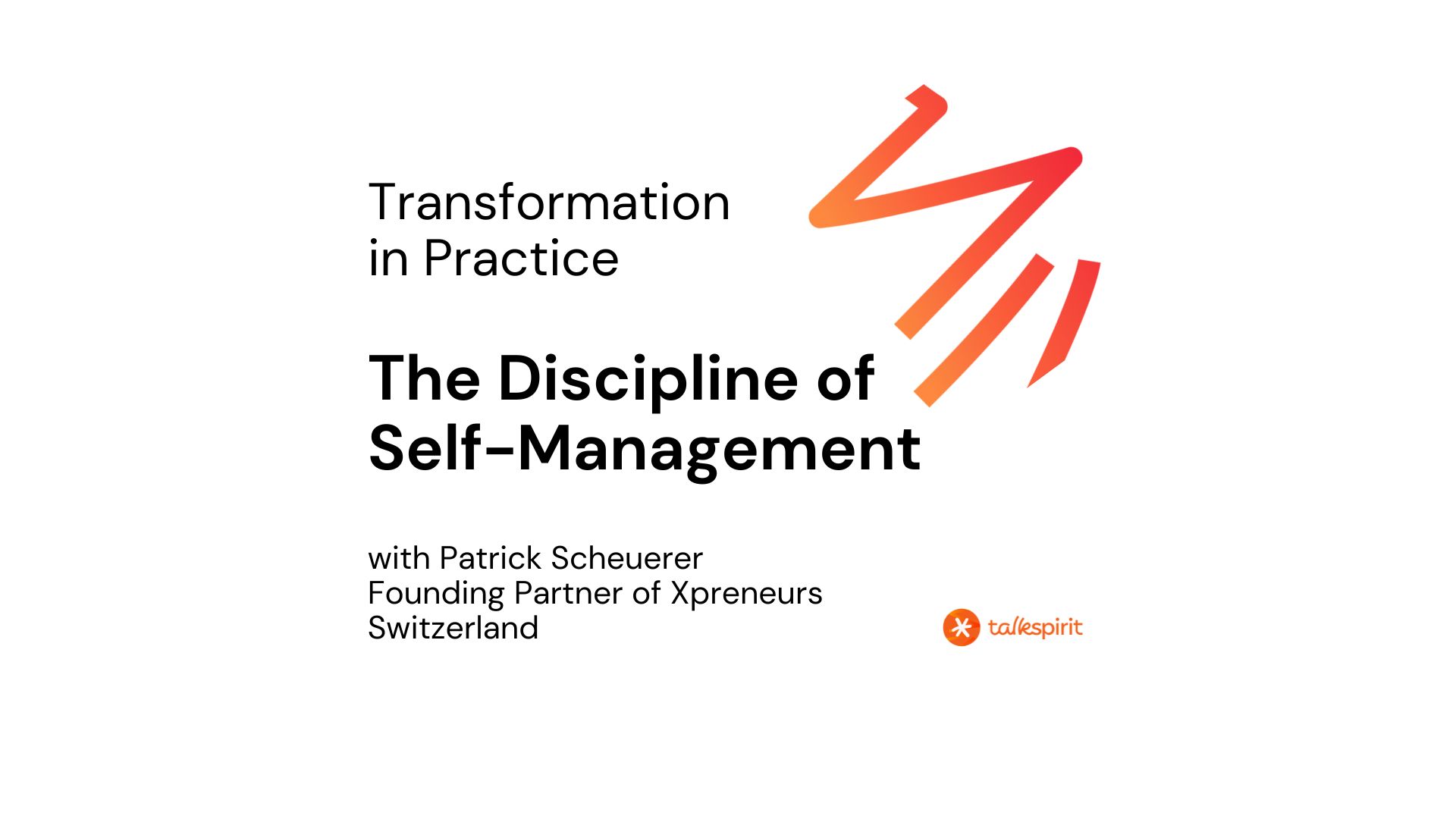
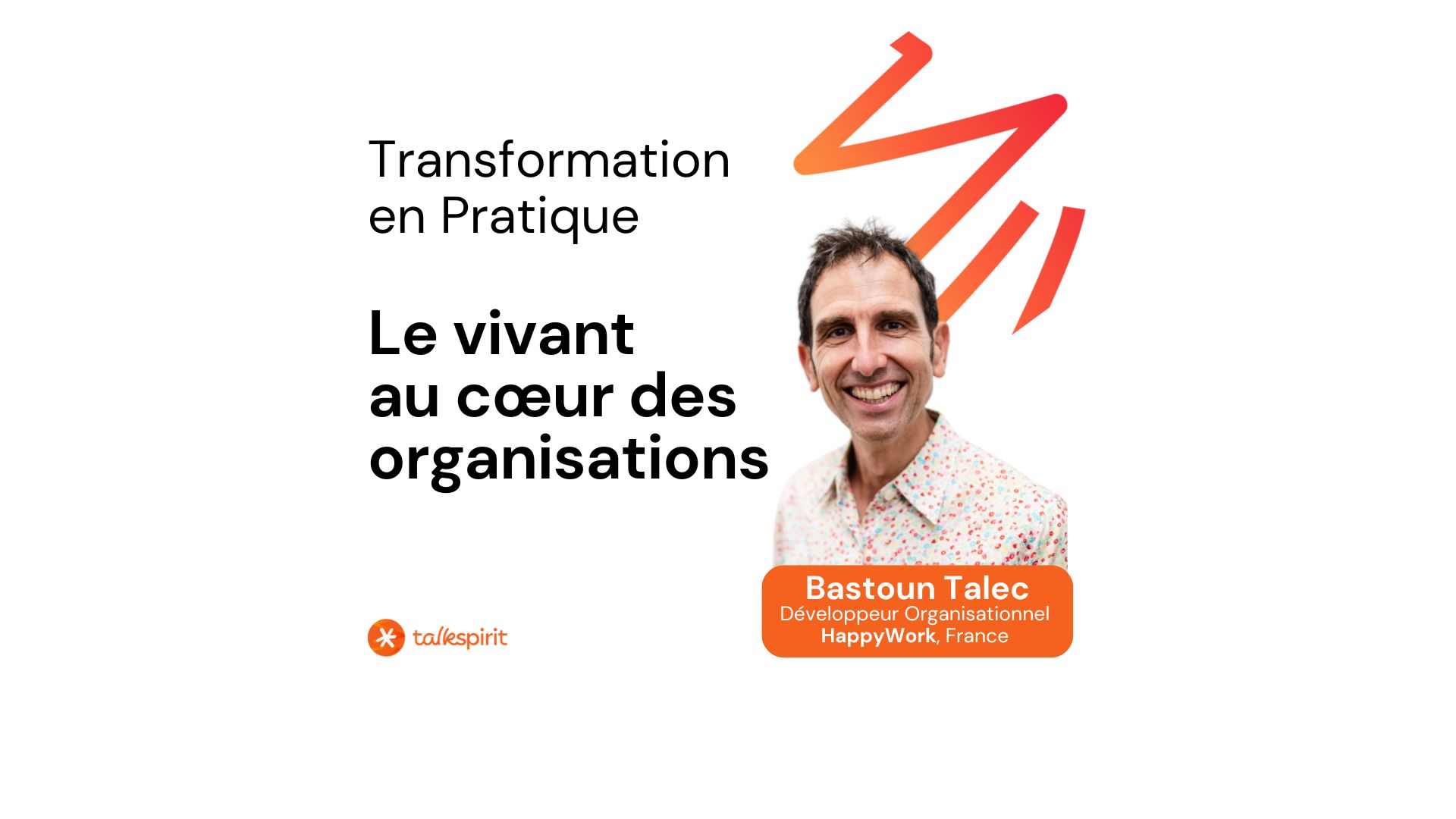

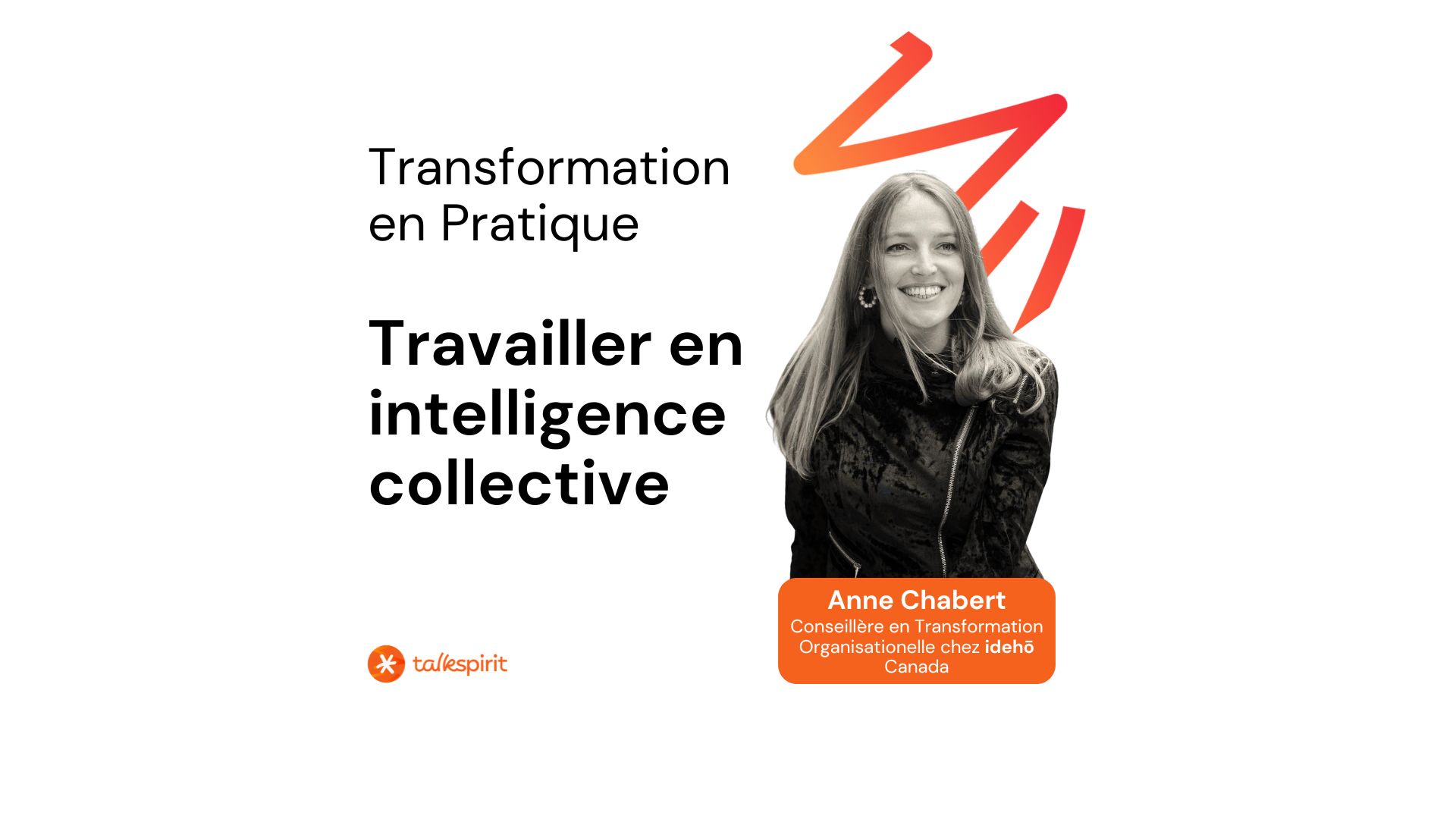

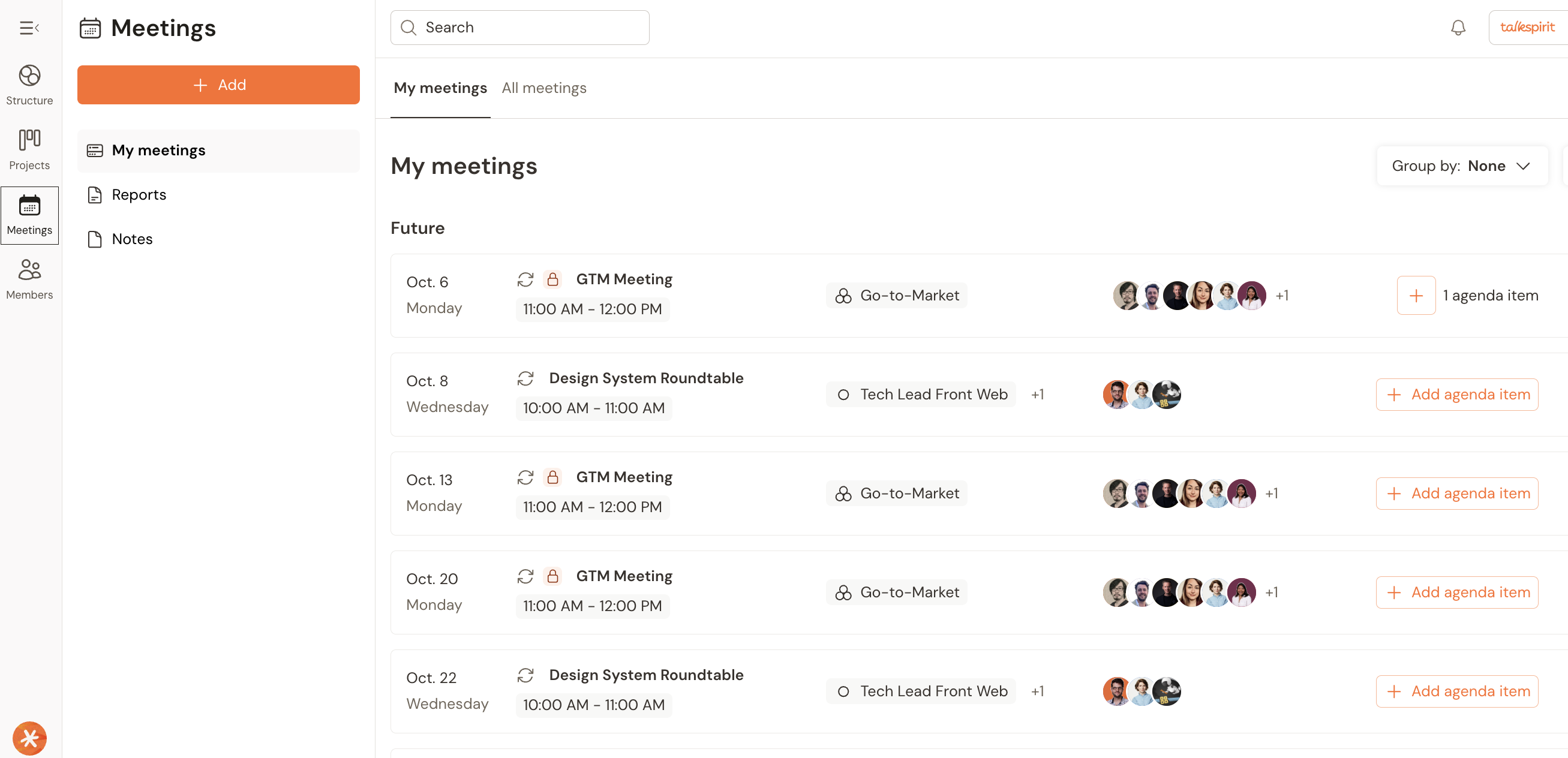



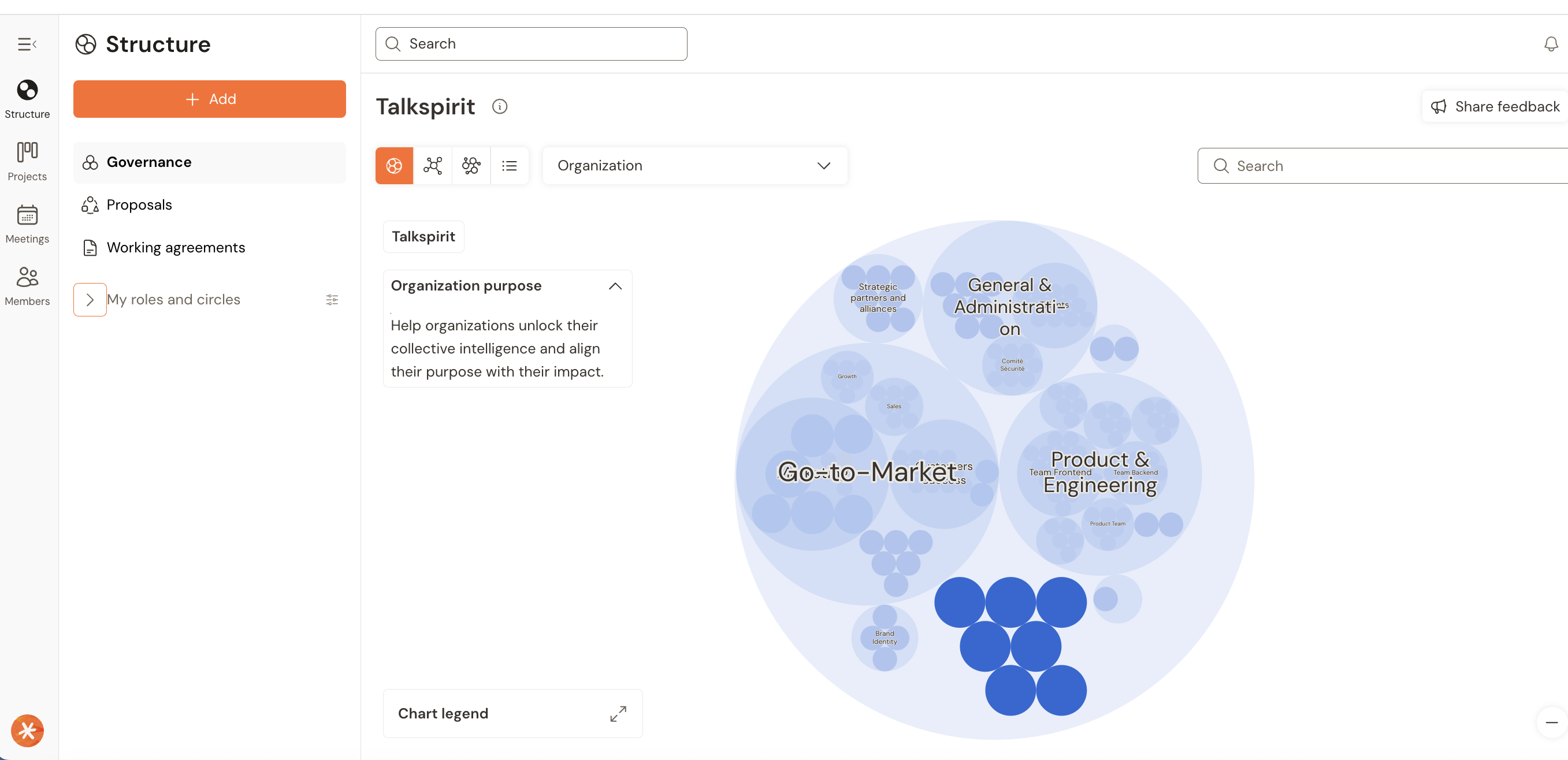
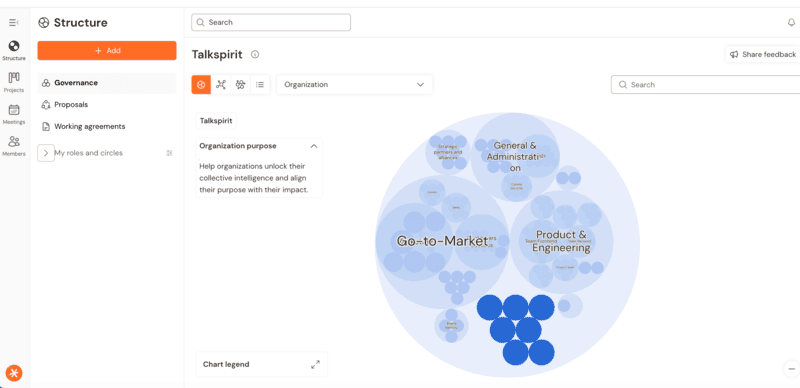

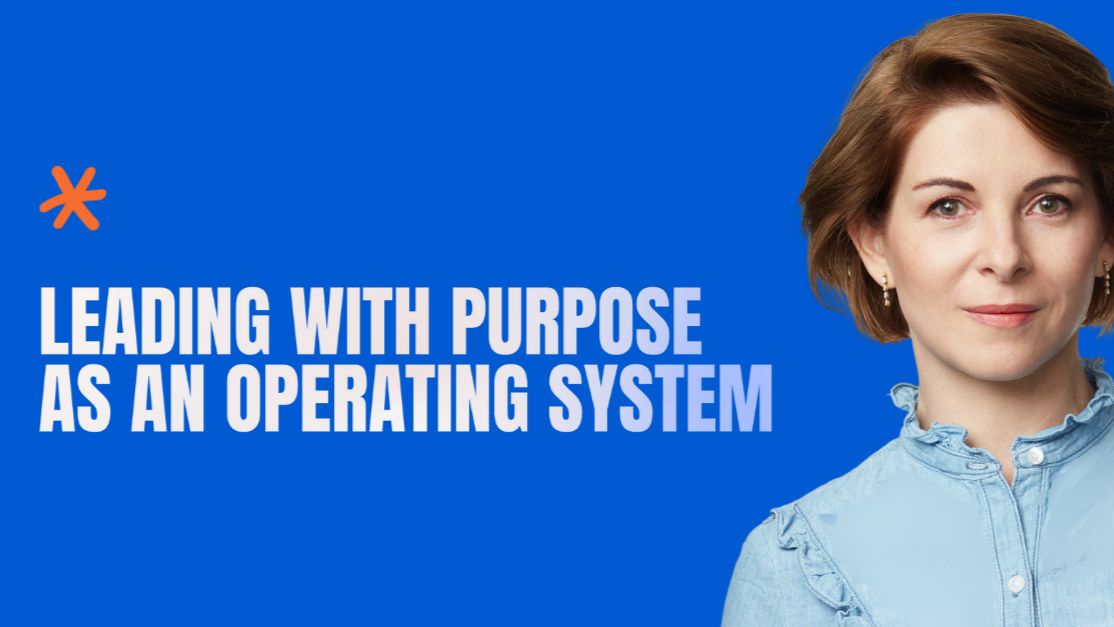







.jpg)





.jpg)
.jpg)







.jpg)
.jpg)


.jpg)

.jpg)


.jpg)










.jpg)




.jpg)



.jpg)

.jpg)



.jpg)








.jpg)


















.jpg)